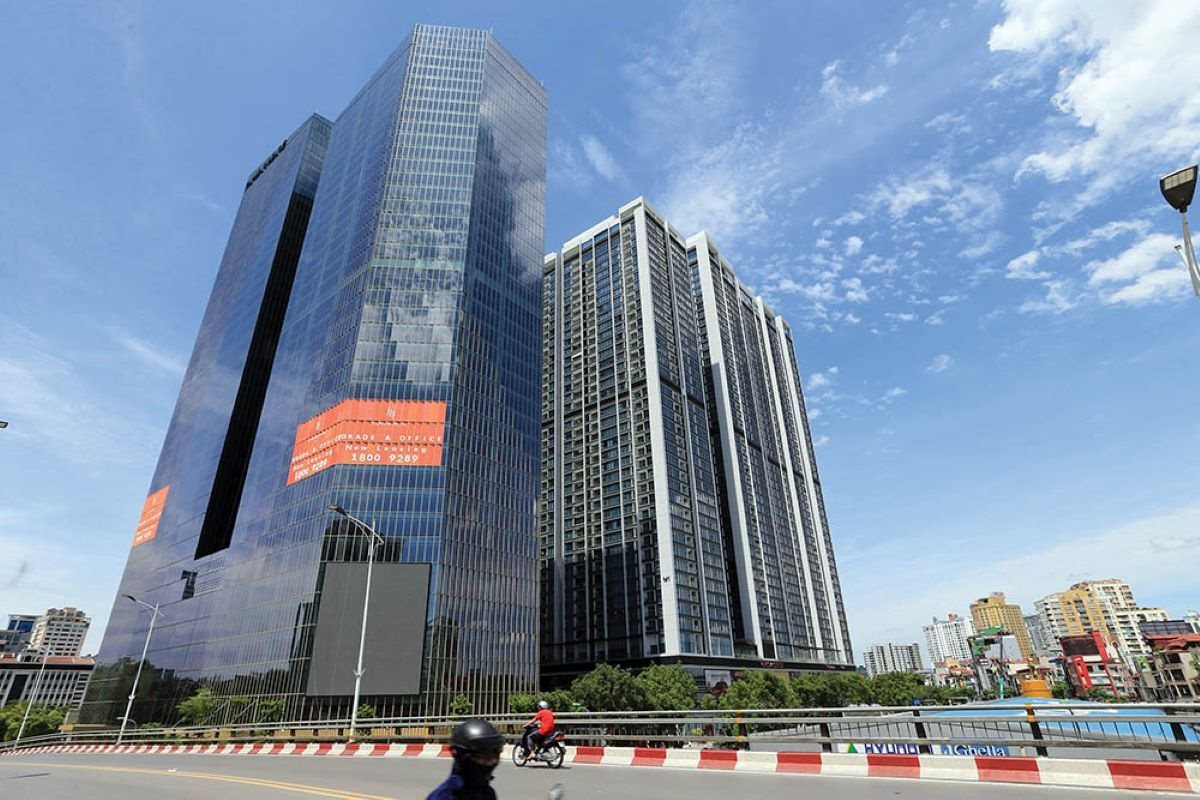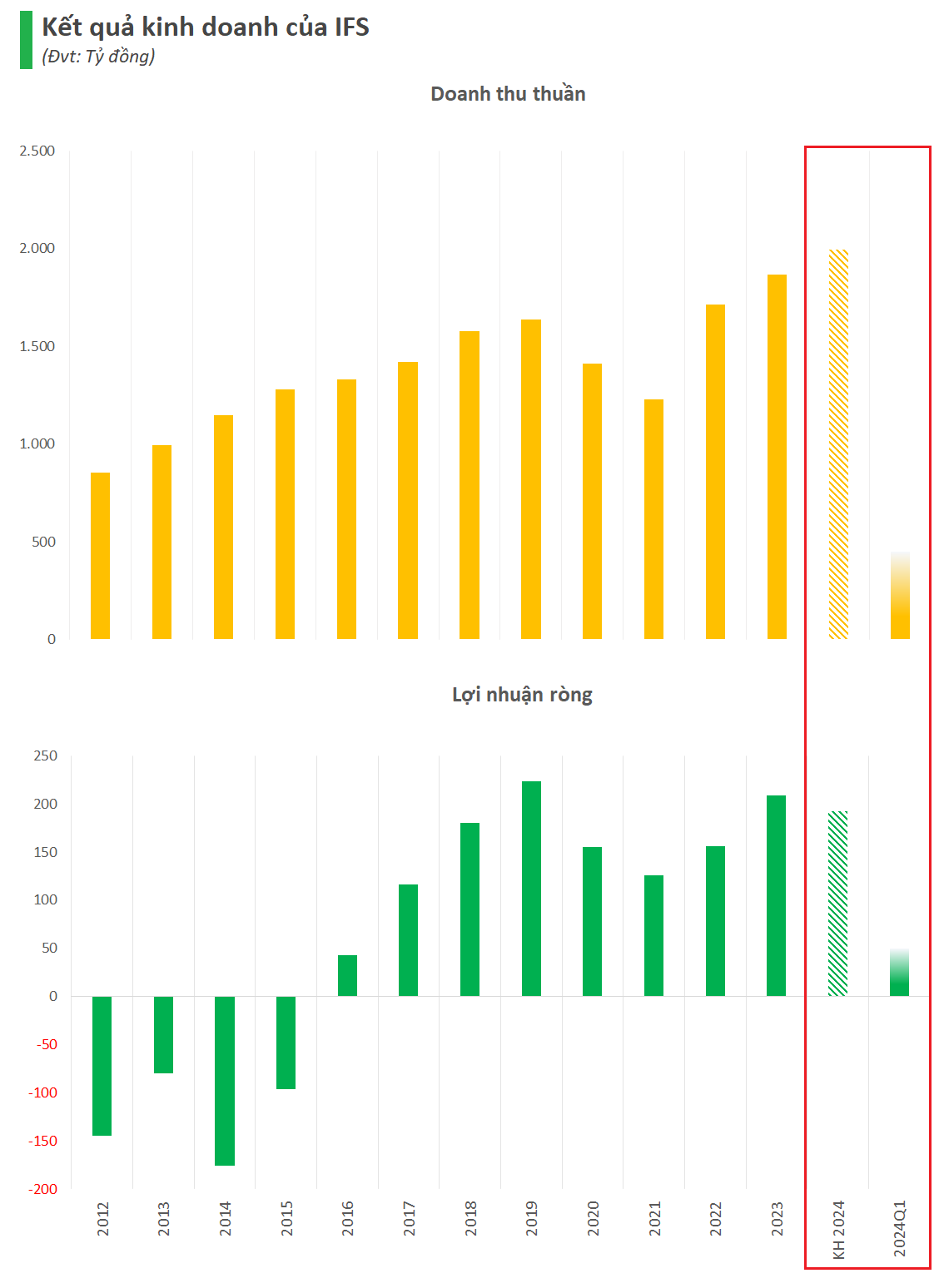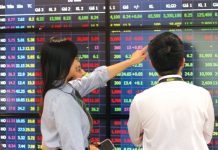Attracting a Large Supply of Office Space
A recent report by Cushman & Wakefield has revealed that Vietnam will welcome a large supply of new office space by 2024.
Specifically in the Hanoi market , it is expected to receive a total of approximately 80,700 square meters of new office space in 2024, mainly in the districts surrounding the city center. In addition, around 100,000 square meters of new Grade A offices are expected to be operational during the 2024-2027 period.
The office market demand in Hanoi has experienced strong growth in the first half of 2023, but showed signs of slowing down in the second half of 2023 and is projected to remain low throughout 2024. The vacancy rate is expected to be around 25-30% in 2023-2024 and then gradually decrease to approximately 20.5% by 2027. With abundant new supply across Hanoi, the market is expected to be favorable for tenants in the coming years. On average, the total office supply in Hanoi is forecasted to grow by 3.5% per year during the 2023-2027 period.
For many recent office development projects, landlords are increasingly focusing on sustainability and green features in buildings.

In Ho Chi Minh City , new Grade A office supply is expected in the city center (District 1) in 2024-2025, with three projects contributing a total of 118,700 square meters of premium office space to the market. Approximately 81,000 square meters of additional Grade A supply is also expected to be completed from non-central areas during the 2024-2026 period.
Economic uncertainties have impacted the overall office demand in HCMC as tenants increasingly focus on cost. The absorption rate is expected to gradually increase from 2024, thanks to higher-quality new supply and improved economic conditions. The office vacancy rate is projected to be above 20% throughout 2023-2026, due to continuous new supply.
Ms. Le Hoang Lan Nhu Ngoc, Head of Commercial Leasing at Cushman & Wakefield Vietnam, commented: “The new supply from Thu Thiem Urban Area (adjacent to the city center of HCMC) marks an important step for this submarket to truly become an ‘extended arm’ to the existing city center. District 7 and Thu Thiem Urban Area are poised to become the new commercial and business hubs of the city, due to their proximity to the current city center with competitive rents, new projects featuring advanced technologies, abundant land for new development projects, and continuous improvement of infrastructure”.
Ms. Trang Bui, Managing Director of Cushman & Wakefield Vietnam, added that global companies are implementing Net Zero commitments, therefore real estate with integrated ESG elements will be an important consideration to meet their goals. Taking the example of a tech service company, a bank, or an insurance company – up to 80 or 90% of their carbon emissions can come from real estate. “This is partly why we see tenants gradually shifting their priorities from location, rental rates, and amenities to what buildings can provide to help them achieve sustainability goals,” emphasized Ms. Trang.
Cautious Optimism
According to Cushman & Wakefield, demand for Grade A offices in the Asia Pacific region is projected to return to pre-pandemic levels by 2024, but record new supply will also increase vacancy rates.
About half of the 25 Asia Pacific markets are forecasted to have increased vacancy rates during the period from 2023 to 2027. The highest increase in vacancy rate is projected in Guangzhou (nearly 30% by 2027 from 20% in 2023) and Shenzhen (nearly 35% by 2027 from 27% in 2023). Hyderabad, Kuala Lumpur, and Bangkok are also forecasted to exceed a 25% vacancy rate by 2027. Singapore and Seoul are both expected to maintain vacancy rates below 5%, while Tokyo and Manila are forecasted below 7% by 2027. Australia’s major markets are likely to stabilize at around 10% vacancy.

Dr. Brown, Global Head of Research at Cushman & Wakefield, stated that there is reason to be “cautiously optimistic” about the office market despite the global economic uncertainties that are likely to persist until 2024.
“Inflation, although improved, remains high across much of the Asia Pacific region. Commerce has slowed as businesses and households restrict spending to cope with rising interest rates. On the positive side, Asia Pacific is forecasted to achieve growth rates of 3.5 to 4.0% by 2024, lower than previous forecasts but still better than the Euro area, which is forecasted to grow by 0.9% next year, and the US, which is expected to be at -0.3%,” shared Dr. Brown.
In the Asia Pacific region, growth forecasts vary widely. Emerging markets Vietnam, the Philippines, India, and Malaysia could benefit from strong domestic consumption and increasing foreign direct investment, while the potential for tourism recovery remains lower than 25% compared to pre-pandemic levels in the Asia Pacific region.
Among the more mature economies, Singapore and South Korea are expected to see a recovery start as commerce resumes; Australia and Japan may trail the region’s growth expectations. The outlook for China is still impacted by weaker export demand and subdued domestic consumption.












